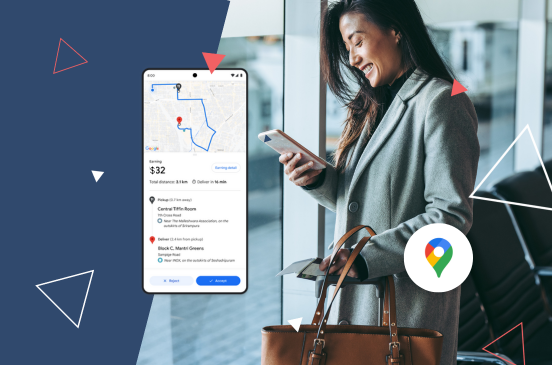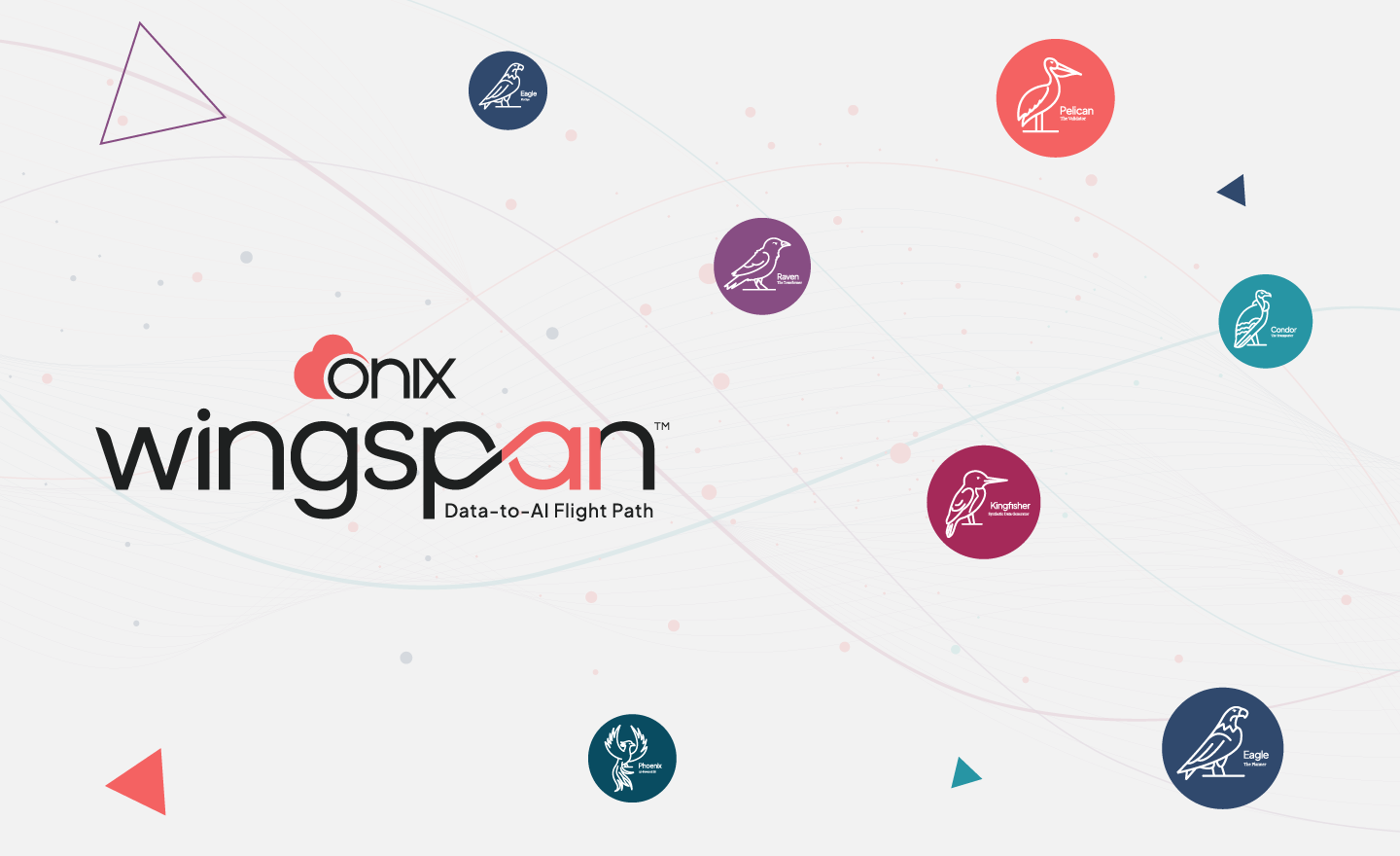Most of us have used Google’s beloved mapping application to route us from nearly anywhere in the world to our desired destinations with precise directions and ETAs. But did you know that Google can optimize routes for entire fleets? With Google’s Route Optimization API, organizations can take advantage of Google’s infrastructure and robust routing data and algorithms to efficiently manage fleets against a wide range of constraints.
Why use the Route Optimization (RO) API?
The Google Maps RO API is designed to help organizations solve complex routing problems. Utilizing Google’s vast mapping capabilities, the RO API enables the efficient organization of an automated dispatch or route planning process to save time, fuel, and resources.
Key features of the RO API
- Efficient route planning:
The RO API allows businesses to minimize travel time and distance for their fleet of vehicles. It considers various constraints, such as vehicle capacity, delivery time windows, and driver shifts, to generate the most efficient routes. - Real-time traffic and road conditions:
RO integrates real-time traffic data, road closures, and other disruptions to ensure that organization’s routes are up-to-date, helping to avoid delays and improve delivery times. - Customizable constraints:
RO offers flexibility in route planning by allowing the input of custom constraints like delivery priority, vehicle types, and service time at each stop. - Multiple vehicle support:
For organizations managing a fleet, RO supports multiple vehicles, optimizing routes across an entire fleet rather than on a single-vehicle basis. - Detailed route analytics:
RO provides insights into your planned routes, including distance, time, and cost estimates.

**This example shows multiple vehicles with optimized routes provided by the RO API**
Benefits of utilizing the RO API
- Cost savings:
By optimizing routes, your organization can reduce fuel consumption, vehicle wear and tear, and labor costs. - Improved customer satisfaction:
Faster and more reliable deliveries lead to happier customers. RO’s ability to consider delivery time windows ensures that customers receive their orders when expected. - Increased operational efficiency:
Automating route planning frees up time for logistics managers, allowing them to focus on other critical tasks. The real-time traffic updates also reduce the likelihood of delays. - Environmental impact:
Optimizing routes reduces unnecessary travel, leading to lower carbon emissions.
Practical applications
- Food delivery:
With Google Maps’ RO API, food delivery companies can easily optimize their food dispatch process. For instance, they can choose the best active delivery driver to pick up orders – in addition to fulfilling existing orders on the same route. - Field service management:
Google Maps’ RO API feature enables field service companies to schedule and route service personnel efficiently to the customer’s site. This helps them minimize travel time between jobs, thus reducing worker fatigue. Similarly, with route optimization, companies can optimize the best route for technician’s daily appointments. Thanks to its built-in flexibility, RO can dynamically reoptimize the route in the event of any route delays. - Logistics and freight:
With route optimization, logistics and freight companies can now plan efficient routes for transporting goods over long distances. Next-day assignments can be optimized with the best route for each shipment. This can provide multiple benefits including:- Operational efficiency
- Time and cost savings
- Customer satisfaction
- Better workload management for long-distance drivers
- E-commerce and retail:
For last-mile fulfillment, e-commerce and retail companies can leverage route optimization to choose the best delivery routes, ensuring timely deliveries and reducing operational costs. Additionally, e-commerce retailers can use RO to balance their driver’s workload and prevent overutilization of delivery vehicles – reducing fuel costs and wastage.
Conclusion
Google’s RO API is a powerful tool for any business that relies on transportation or delivery. Whether your managing a small fleet or a large logistics operation, RO offers the flexibility and efficiency you need to stay competitive in today’s market.
As a recognized Google Maps Premier Partner, Onix can help you build customized Google Maps Platform solutions to improve your location-based services. Here’s how you can enrich your Google Maps Geocode API services using address descriptors.
For more detailed information and to start integrating the Route Optimization API into your applications or services, please contact a member of our team today!









